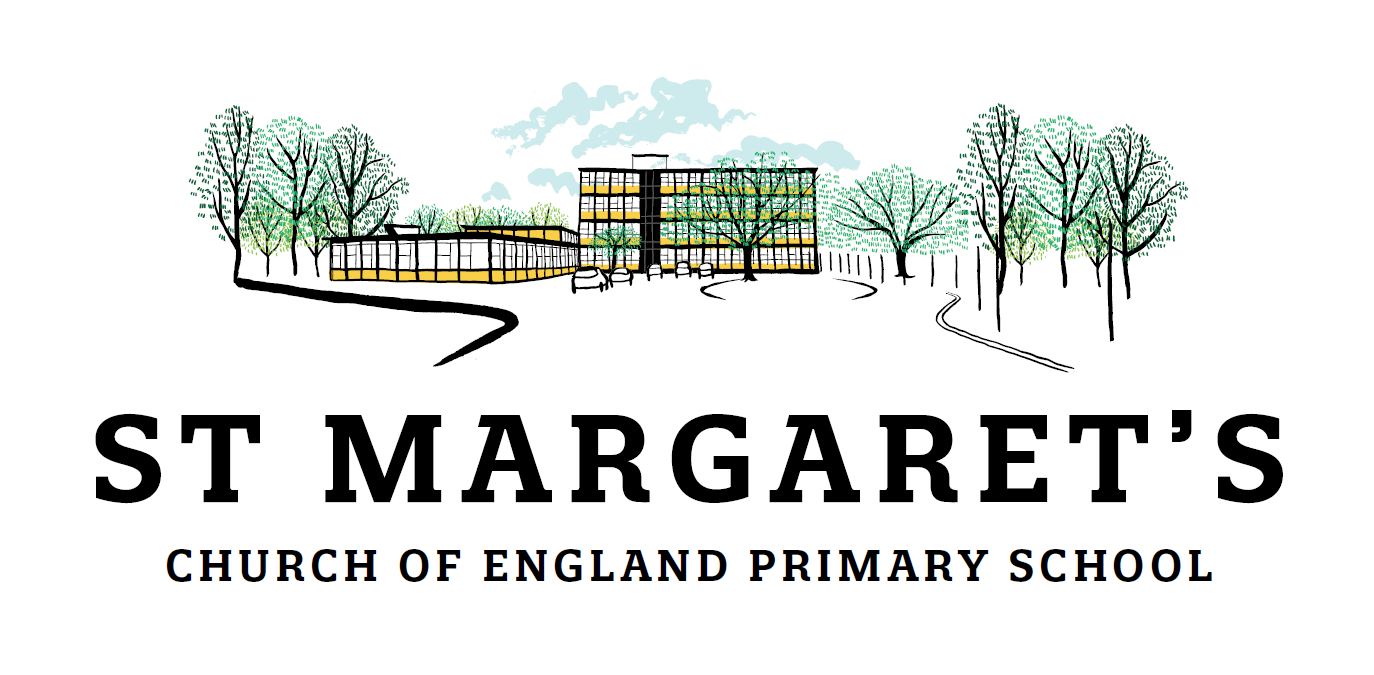
St Margaret's Church of England Primary School
Church School
Pupils at St Margaret’s range from ages 3 – 11. Our school is a larger than average three-form entry primary school. The school is located in central Manchester and has a diverse pupil intake. Leaders successfully bring together more than 600 pupils from every continent, speaking 40 different languages, and from many different cultures into one happy community.
Church of England Vision for Education
Educating for wisdom, knowledge and skills: enabling discipline, confidence and delight in seeking wisdom and knowledge, and developing talents in all areas of life.
Educating for hope and aspiration: enabling healing, repair and renewal, coping wisely when things go wrong, opening horizons and guiding people into ways of fulfilling them.
Educating for community and living well together: a core focus on relationships, participation in communities and the qualities of character that enable people to flourish together.
Educating for dignity and respect: the basic principle of respect for the value and preciousness of each person, treating each person as a unique individual of inherent worth.
History of Church Schools
The Church of England has always been concerned with education in many forms and the history of Church schools began when the National Society for the Promotion of Education was founded in 1811.
The involvement in education throughout our history flows out of the Church of England's vision to provide education and learning to all. Our work with children and young people, Church of England schools, our involvement in further education and higher education, and our founding and development of the Church of England Foundation for Educational Leadership all share this common history.
The Church of England has always been concerned with education in many forms. Our first large scale involvement in the education and nurture of children in the Christian faith came through the Sunday School Movement of the late 18th Century. Sunday schools had existed before, but the beginning of the movement is credited to Robert Raikes, a publisher and Anglican layman, who in the 1780s promoted the idea of providing education to working children. With children working in factories six days a week, the best available time was on Sundays, and within decades attending Sunday school had become a common aspect of childhood. This movement was cross-denominational, with the aim to teach literacy, as well as a knowledge of the Bible and the Christian faith.
The Church of England became involved in week day schooling with the building of 'National Schools' that educated children during the week as well as on Sundays. It was in 1811 that The National Society for Promoting Religious Education was established under the leadership of Joshua Watson. The National Society was founded when there was no state system of education in place, and the Society's hugely ambitious vision was to open a church school in every parish. A major fundraising campaign was launched, encouraging parishes and clergy to apply for grants to build schools, and although the aim of every parish was not reached, the Society's achievement was extraordinary. By 1813, in just two years, they had built 30 schools and it was largely due to this initiative that Parliament established a universal right to education for all children. Then by 1861 there were 12,000 schools 'in union' with the National Society across England and Wales, all funded by donations. Schools were to offer education based on the teachings of the Church of England, with the belief that moral and spiritual education was as important to children as learning skills or a trade.
As well as funding and building schools, the Society had to address the problem of teacher supply. Teacher training colleges were established, first by the National Society itself and then by the Dioceses. The Church of England established the first higher education institutions open to women, and this network of teacher training colleges persisted well into the 1980s. Some of those colleges have closed or have become part of another HE institution. Their heirs are the 11 universities with a Church of England foundation, which still all provide teacher education. Our involvement in further and higher education does not stop with teacher training. The Church of England Education Office also engages in the sector by supporting HE chaplaincy and we also support FE chaplaincy and the development of FE strategy and policy.
Our story with schools continues through our support of 4,600 Church of England schools, and this legacy is set to strengthen and grow. With our Vision for Education at its core, we are seeking to develop our provision through the Church of England Foundation for Educational Leadership. The Foundation for Educational Leadership aims to build a national movement of inspirational leaders equipped to transform education. Just as we began, educating children to help them flourish regardless of their background or starting point, so we mean to continue as we move forward with this deeply Christian vision to provide an education that enables 'life in all its fullness'.